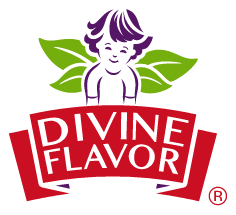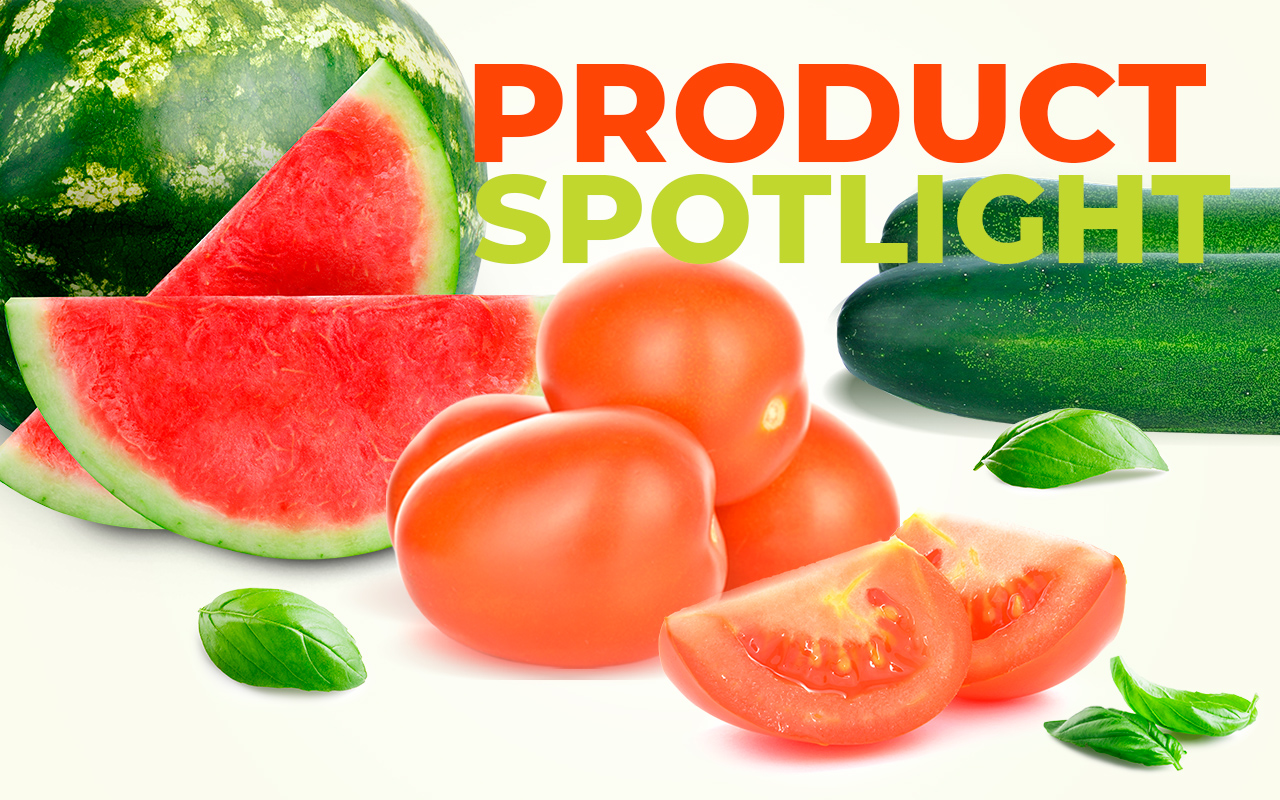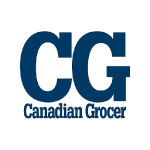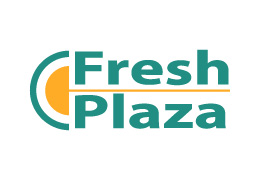Meet our traceability process.
Part of the continuous improvement of Divine Flavor were standardize some processes that are helpful to our farmers and our customers to avoid food safety issues; for this reason, we had an interview with the people in charge of these areas at AC1 Cueto and Agricola Cueto, both at the Sayula region. They explained us, step by step, the process they follow every day, since they harvest their products until they arrive at the tables of the consumers.
Below is a brief explanation of the process that our producers follow in achieving adequate traceability of their products and that allows everyone involved to act in the best way to attack any problem that may emerge:
IDENTIFYING PROCEDURE
In each harvest, the greenhouse leader must send a package of the harvested product, accompanied by the document “Output and Reception of Harvested Product”, which specifies date, color, number of boxes, travel number, UP and greenhouse number.
Each document delivered contains a consecutive sheet number, which is an indispensable data for traceability, as it is the number that helps us to relate to the following process.

Vianey Camacho (Food Safety Supervisor at AC1 Cueto) and a field supervisor completing a “Product Exit and Receipt” form, in each you can find the information to complete so that the product can enter at the packaging facilities.

The product received goes to the washing process and the following document is created automatically with the a number (Id Stowage Process), in which in the observations section it relates to the previous process.
STOWAGE
Once the product has been received in the packaging, a document is created to give the product access to the system, this paper has the sheet number of the previous document to maintain a relationship in each process; this document generates a number called Id Stowage, which is used to relate the product in the following process.
PALETTE CAPTURE
To identify on which trip the product we have been talking about was made, the Id stowage process is searched in Eye Plus and there we can observe the data:
– Number of pallet: number created once the product is packed.
– Color.
Product description: type, size, packaging, etc.
– Label
– Quantity of packed boxes
– Weight
– Packing date
– Manifest number in which the product left (travel number).
– Type of packaging presentation
– Lot (greenhouse code)
– Id Stowage Process

Anaily and Miguel show us how to capture the information in the software that generates the serial numbers that are placed in the PTI.

Vianey showing how to link all the documents.
MANIFEST
Once the manifest is obtained, we can draw the line of information that leads us forward; that is, the information that arrives at the Divine Flavor warehouses, and backwards, we know what day the product was harvested, and which greenhouse provided it.
LOAD DISTRIBUTION
Among the documents that are sent to the client, goes the ” load distribution”, which is an image of the position of the pallet inside the thermos, in this document we can identify the product that we are tracking by the “Id Stowage Process” number, which makes it easier for us to indicate to the customer the product with problem in case of requiring a souvenir at some time. In addition, the process is finished obtaining the PTI label that is the serial number where all the information is resumed from the product is harvested until it reaches the consumer.

Finally, you can see the serial number created for the PTI, which will have to know the details of each product.
Finally, to achieve a traceability process, it is necessary to be aware of the excellent documentation and organization to quickly, easily and efficiently identify any problem that happens in and out the ranches or greenhouses.
For more information, please contact:
Michael DuPuis
Public Relations Coordinator
+1 (520)-281-8328
mdupuis@divineflavor.com









